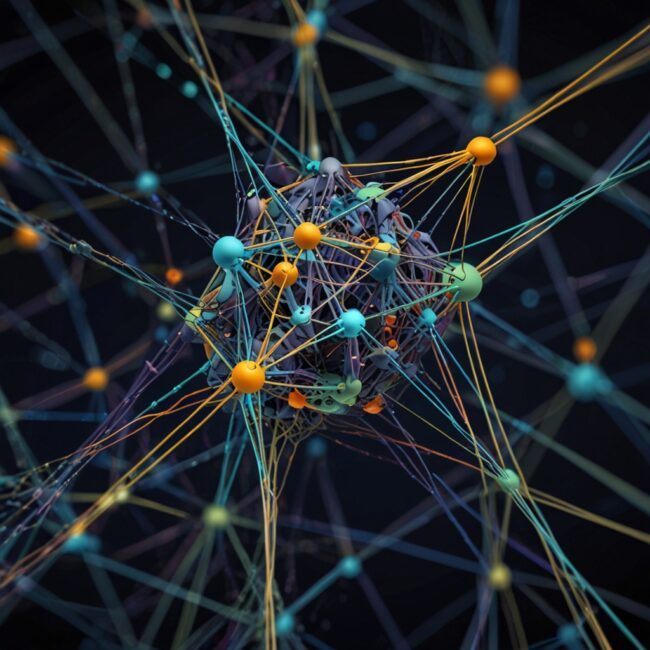Artificial Intelligence (AI) often remains shrouded in a mist of jargon and complex equations. But we can break it down into some core elements: algorithms, data, and models. Understanding these fundamental concepts can make the entire landscape of AI more accessible.
Algorithms: The Recipes of AI
Think of an algorithm as a recipe. When you cook, you follow a set of instructions to transform raw ingredients into a meal. In AI, an algorithm is a set of instructions that a computer follows to turn data into a decision or a prediction. Not all recipes are equal; some are more efficient, others more flexible. Similarly, different algorithms are suited to different tasks.
For instance, a simple algorithm might sort numbers in ascending order. A more complex algorithm might identify patterns in customer data to predict who is likely to buy a product. The efficacy of an algorithm is not just based on its complexity but also on how well it solves the problem at hand.
Data: The Ingredients of AI
Data is to AI what ingredients are to cooking. Without good data, even the best algorithm can’t produce a useful result. In AI, data typically comes in two forms: labeled and unlabeled. Labeled data has been tagged with the correct answer—for example, photos labeled as “cat” or “dog.” Unlabeled data hasn’t been tagged, so the algorithm must find patterns on its own.
The quality and quantity of data are crucial. More data generally means better performance, but only if the data is good. Poor-quality data can lead to “garbage in, garbage out.” If you start with rotten ingredients, you can’t expect a good meal.
Models: The Interpretations of AI
The model is what you get when you apply an algorithm to data. It’s a bit like when you finish cooking: the recipe and ingredients result in a dish. In AI, the model is a mathematical representation that can make predictions or decisions based on new, unseen data.
For example, a facial recognition model can identify faces in photos it hasn’t seen before. The model has “learned” from the data it was trained on. However, models can be overfitted or underfitted. Overfitting is like memorizing the recipe without understanding the concepts behind it, leading to poor performance on new data. Underfitting is like skimming the recipe and missing key steps, so the model fails even on the training data.
The Synergy of Algorithms, Data, and Models
Algorithms, data, and models work together. An algorithm processes data to train a model. Once trained, the model can make predictions or decisions based on new data. If the model performs poorly, you might need a better algorithm, more data, or cleaner data.
Consider a spam filter as an example. The algorithm here could be a type of machine learning called supervised learning. The data would be emails labeled as “spam” or “not spam.” The trained model could then predict whether a new email is spam based on its content.
Feedback Loops
A crucial aspect of AI is the feedback loop. Once a model is deployed, its predictions are evaluated for accuracy. If the model makes a mistake, this feedback is used to improve the algorithm or the data. It’s an ongoing process of refinement.
In essence, feedback loops help an AI system continually improve. Imagine making a dish repeatedly, each time adjusting the recipe based on how it turned out. The aim is to get closer to perfection with each iteration.
Ethics and Bias
One of the pressing concerns in AI today is ethics. Algorithms and models can perpetuate biases present in the data. For example, if a hiring algorithm is trained on data where certain groups are underrepresented, it might also undervalue applicants from those groups.
Ethical AI aims to address these issues through techniques like bias correction and fairness metrics. It’s like ensuring that your recipe book considers dietary restrictions and allergens, making the meal safe and enjoyable for everyone.
Conclusion
Understanding the core elements of AI—algorithms, data, and models—is essential for grasping how this technology works. Algorithms are the instructions, data is the raw material, and the model is the resulting product. Feedback loops keep the system improving, while ethical considerations ensure its fairness. Once you have this framework, the bewildering world of AI starts to make a lot more sense.
So, next time you hear someone talk about AI, you’ll have a mental image of recipes, ingredients, and dishes—an accessible way to understand the magic that powers machines capable of learning and decision-making.

